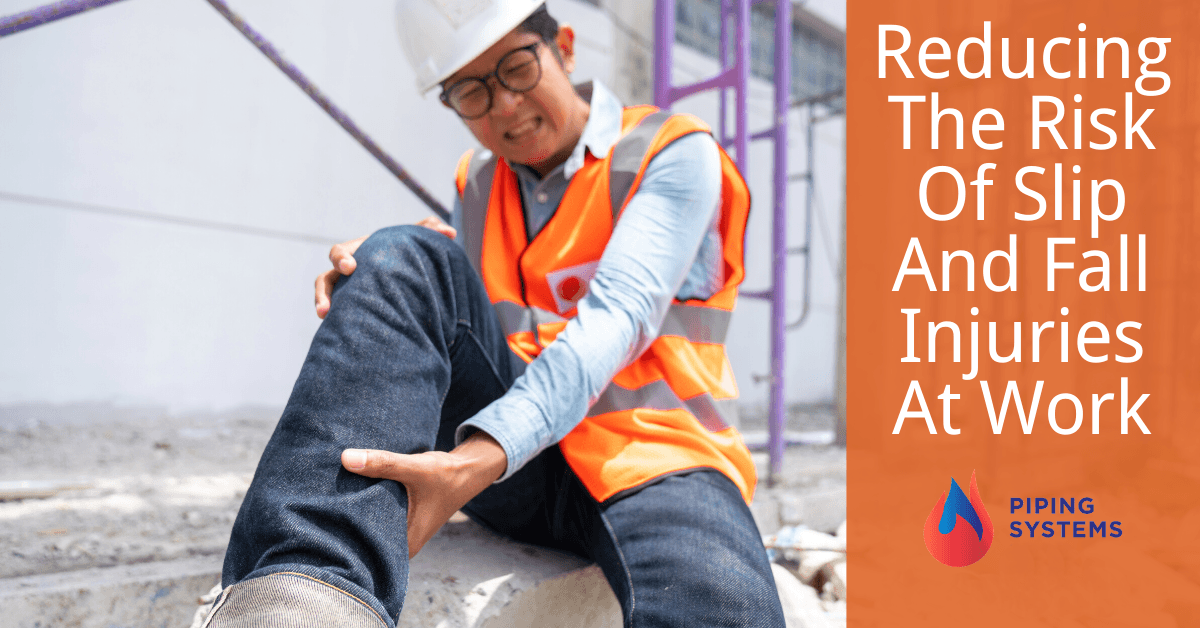Published January 13, 2019

When most people think of dangers at work, they don’t focus on simple accidents, they think of the catastrophic issues that are rare but often result in significant loss of life or injuries.
In fact, according to OSHA (Occupational Safety and Health Administration), the second leading cause of accidental death are slip and fall accidents. They account for about 15% of all accidental deaths on an annual basis and are second only to vehicle accidents.
This, in turn, translates into an incredible cost both in terms of human injury and loss of life as well as in costs. In 2011, the National Safety Council reported that falls from the same level resulted in an overall cost to a business of 7.9 billion dollars while falls from a height to a lower level resulted in a total cost of over 5.3 billion dollars. Slip and falls on the same level comprised 65% of all related workplace injuries in the category. These are falls that occur on walking surfaces on a job or within a workplace.
The highest number of injuries for same-level slip and falls occurred in service industries, retail, and wholesale businesses, which accounted for 60% of the total reported. An additional 16% were reported from companies in the manufacturing sector.
Elevated falls are typically less than 10 feet (60% of the total reported), and in these cases, the employees were not using or were not provided with required fall protection equipment.
Injuries in these types of accidents often include head, leg, shoulder, ankle and hand injuries, as well as serious and often permanent injuries to the back and neck. These types of injuries can also result in the loss of life.
Common Causes of Slip and Fall Injuries at the Same Level
Slips are the most common issue while at work, and they are the result of the loss of traction between footwear and the floor. This can be caused by:
Trips and falls can happen for other reasons, in addition to the ones listed above. The most common causes of trips and falls include obstructed views, problems with inadequate lighting, and issues with poor management of floors and walking surfaces.
Reducing the Risk
In most types of workplaces, a common-sense approach to maintenance and creating a safe working environment has an immediate reduction in the risk for these types of accidents.
Take a walk around the workplace and note any flooring issues, lighting problems, or slippery flooring that is a risk. Adding anti-skid and anti-slip coatings, using mats secured in places where moisture buildup is an issue, and routinely keeping floors washed and cleaned are all simple steps to a safer workplace.